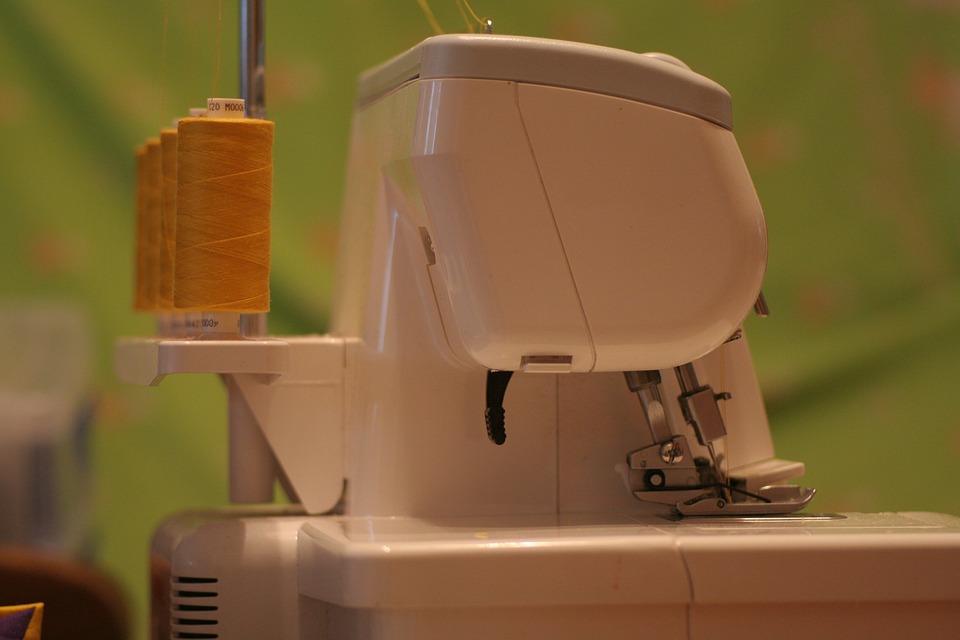Polyester: The Fabric that Changed our Wardrobes
When you open your closet and look at the array of clothing options before you, chances are a significant portion of them are made from polyester. This versatile and highly popular fabric has revolutionized the fashion industry and changed the way we dress, providing us with a multitude of advantages that have truly transformed our wardrobes.
Polyester, a synthetic material, was first introduced in the early 1950s, and its impact on the fashion world was immediate. Prior to its invention, clothing was predominantly made from natural fibers such as cotton, silk, and wool. While these materials certainly had their merits, they also came with limitations. Natural fibers tend to wrinkle easily, require delicate care, and may not have the same durability as their synthetic counterpart.
Enter polyester – a fabric that addressed these drawbacks and brought a wave of change to our closets. One of the fundamental characteristics of polyester is its ability to withstand wrinkling. No longer would we need to spend time and effort ironing our clothes or worry about creases during the day. Polyester garments maintain their shape and crispness, making our lives more convenient and saving us from unnecessary hassle.
Furthermore, polyester offers incredible durability. Unlike natural fibers, which are prone to wear and tear over time, polyester can withstand repeated washes and extensive use. This resilience translates into longevity, making polyester-made clothing a long-term investment. With polyester, we no longer needed to frequently replace our worn-out clothing, as we could rely on its durability for years on end.
The versatility of polyester also plays a significant role in its ubiquity. It can be easily blended with other fabrics to enhance their properties, resulting in a whole range of innovative textiles. Polyester-cotton blends, for example, bring the best features of both fabrics together: the breathability of cotton and the strength of polyester. This combination yields comfortable and durable clothing that can withstand frequent wear.
In addition to its practical advantages, polyester also offers a wide selection of designs and colors. The fabric can be easily dyed, enabling endless options for vibrant, eye-catching garments. Furthermore, polyester is often used in the production of synthetic fibers, such as microfibers, which allow for finer and more intricate detailing in clothing.
Critics of polyester argue that its production process is harmful to the environment. It is true that polyester is derived from petroleum, a non-renewable resource, and its manufacturing requires energy and generates greenhouse gases. However, it is worth noting that advancements in production methods have significantly reduced its environmental impact. Additionally, polyester can be recycled and repurposed, minimizing its contribution to landfill waste.
Polyester has undeniably changed our wardrobes for the better. It has revolutionized the way we dress, offering us practicality, durability, and a vast array of design options. From wrinkle-free work clothes to cozy sweaters and trendy activewear, polyester has become an indispensable part of our fashion choices. As technology continues to advance, we can expect further innovations in polyester fabric, ensuring its presence in our wardrobes for years to come.

